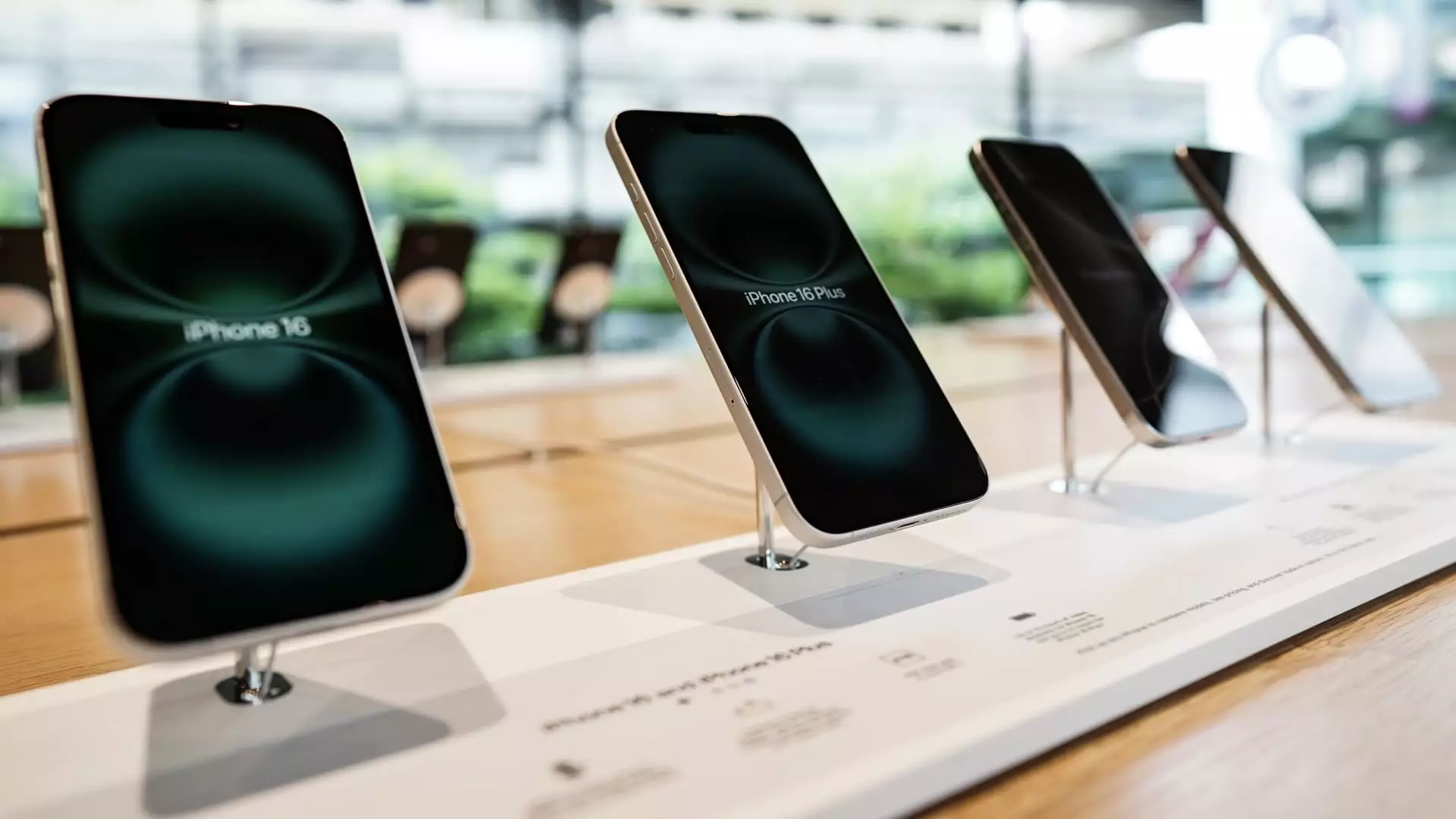Craig Moffett, a seasoned analyst recognized by Institutional Investor, recently expressed skepticism about Apple’s purported plan to relocate iPhone assembly from China to India by the end of next year. In his memo, Moffett suggests that such a move is replete with challenges and highly impractical. While the Financial Times’ report frames this shift as part of Apple’s strategy to evade tariffs, Moffett accurately highlights a profound truth: shifting assembly will not alleviate the underlying issues inherent in a tariff-laden environment.
The allure of diversifying manufacturing capabilities is a tempting narrative, but Moffett cautions against naiveté. Apple’s supply chain, which has been significantly entrenched in China, poses an obstacle that cannot simply be overlooked. The complexities involved in logistics, costs, relationships with local suppliers, and consumer behavior all play pivotal roles in shaping this scenario. While Moffett acknowledges that moving some assembly operations to India may yield minor benefits, he rightly asks, “How is that realistically going to work?”
The Double-Edged Sword of Trade Tensions
The reality of a global trade war, exacerbated by U.S.-China relations, necessitates a critical look at how Apple navigates these tumultuous waters. Moffett carefully portrays the situation as a two-front battle—one that influences both costs and sales. The concern about rising costs due to tariffs looms large, but the issue of demand destruction might be the silent killer of Apple’s profitability.
Consider the repercussions of increasing prices on consumer demand. Moffett illustrates a stark reality: U.S. carriers like AT&T and Verizon refuse to absorb tariff-induced costs, pushing the burden directly onto consumers. This not only risks a decrease in sales but could lead to prolonged upgrade cycles as consumers opt to hold onto their devices longer in an era of ballooning prices. Thus, while relocating assembly to India may theoretically reduce production costs, the broader economic landscape threatens to counterbalance any economic gains.
A Bleak Outlook for Revenues
In light of these dynamics, Moffett recently reduced his price target for Apple from $184 to $141—a staggering 33% decrease. This action signifies a major shift in sentiment and is particularly concerning given that it has been branded as the “Street low.” The magnified scrutiny placed on Apple’s valuation amidst slowing demand and tariff challenges could set a precarious stage for investors.
Moffett’s perspective illustrates that he does not view Apple as a fundamentally flawed company. On the contrary, he acknowledges its solid financial foundation and stellar consumer standing. However, he asserts that while the company itself is robust, the environment surrounding it could yield a precarious outlook. The question looms: can Apple maintain its consumer franchise in a market that increasingly favors local competitors, particularly in the fiercely competitive Chinese market?
The Sinking Ship of Consumer Sentiment
Moffett highlights another critical point—growing animosity toward Apple in China, fueled by trade tensions and tariffs. Rather than consumers flocking towards Apple’s high-end devices, we are witnessing a stark trend of customers gravitating towards local brands like Huawei and Vivo. This shift is not just a passing trend but rather an outright dismissal of Apple by a consumer base that has historically been loyal.
The reality paints a contradictory picture: while Apple stock may have experienced a short-term spike, this is likely a fleeting moment in the face of potential long-term repercussions. Are these numbers reflective of actual sentiment or merely a temporal reaction to broader market behavior? Whatever the case may be, one thing remains clear: Apple is at a crossroads, and whether it can pivot effectively amid external pressures remains to be seen.
Struggling to Maintain the Apple Identity
As Moffett expertly points out, the challenges Apple faces extend beyond supply chains and tariffs; they reach into the very identity of the brand itself. Apple has successfully cultivated a premium image, but as local alternatives rise, this identity risks dilution. Engaging with the complexities of a global market, consumers are not just looking for devices; they seek resonance with brands that understand their needs and values. Apple’s challenge lies in maintaining its premium status while managing rising costs in an increasingly price-sensitive environment.
The conjecture of relocating iPhone production to India serves as a reminder of the broader geopolitical landscape shaping the future of global enterprises. While Moffett’s insights are sobering, they serve as urgent calls to action. Apple will need to employ strategic foresight and innovative solutions if it hopes to thrive amid the chaos of a shifting trade environment.

Leave a Reply